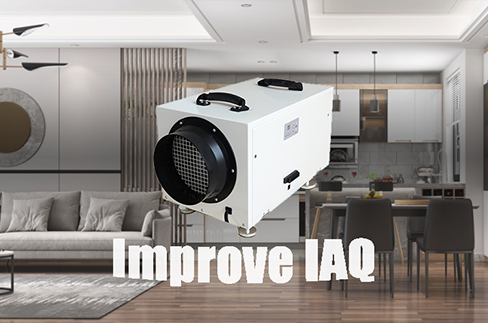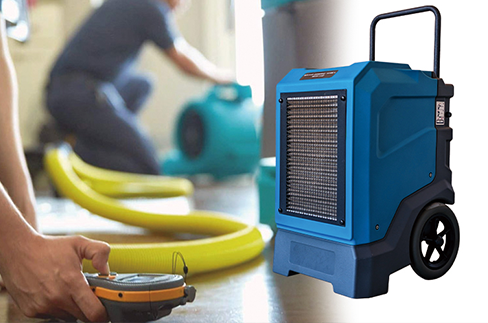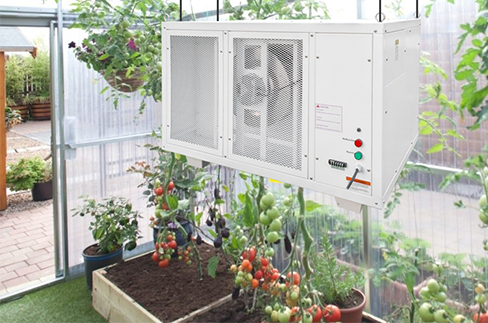Relative Humidity VS Humidity
Relative humidity (RH) and humidity are related concepts, but they refer to slightly different aspects of moisture in the air.
1. Humidity:
Humidity, in general, refers to the amount of water vapor present in the air. It can be measured in various ways, such as absolute humidity, specific humidity, or mixing ratio. Absolute humidity is the total mass of water vapor present in a given volume of air, usually expressed in grams per cubic meter. Specific humidity is the ratio of the mass of water vapor to the total mass of air, typically expressed in grams per kilogram. The mixing ratio is the ratio of the mass of water vapor to the mass of dry air, usually expressed in grams per kilogram.
2. Relative Humidity (RH):
Relative humidity, on the other hand, is a measure of the amount of water vapor present in the air compared to the maximum amount of water vapor the air can hold at a specific temperature and pressure, expressed as a percentage. In simpler terms, it indicates how close the air is to saturation with water vapor. Warm air can hold more moisture than cold air, so relative humidity is highly dependent on temperature.
When Need to Distinguish Between Humidity and Relative Humidity?
Distinguishing between humidity and relative humidity becomes important in various situations, depending on the context and the specific requirements of the task or analysis:
1. Weather Forecasting:
Meteorologists must often consider both humidity and relative humidity when forecasting weather conditions. Absolute humidity or specific humidity can provide insights into the actual amount of moisture present in the air, which is important for understanding atmospheric processes. Relative humidity helps to assess the likelihood of precipitation, fog formation, or other weather phenomena since it indicates how close the air is to saturation.
2. Indoor Comfort:
Monitoring humidity levels in indoor environments, such as homes, offices, or factories, is crucial for maintaining comfort and health. Absolute humidity may be more relevant for assessing indoor air quality and preventing issues like mold growth or discomfort due to excessively dry or humid air. Relative humidity is commonly used to determine if conditions are conducive to human comfort, as it influences how we perceive temperature and can affect respiratory health. People are increasingly concerned about indoor humidity control. Becoming a distributor of whole house dehumidifiers has great potential.
3. HVAC Systems:
Heating, ventilation, and air conditioning (HVAC) systems often include humidity control mechanisms to maintain optimal indoor conditions. Understanding both humidity and relative humidity helps HVAC engineers design systems that effectively regulate moisture levels, preventing problems like condensation on windows or equipment, and ensuring occupant comfort.
4. Agriculture and Plant Growth:
Humidity levels can significantly impact agriculture and plant growth. Absolute humidity or specific humidity may be relevant for understanding plant water requirements and assessing soil moisture levels. Relative humidity is important for predicting plant diseases, optimizing irrigation practices, and managing greenhouse environments to promote healthy plant growth. If you want to know how to lower humidity in grow tent, please contact us at any time.
5. Material Science and Industry:
In manufacturing processes, humidity control is critical for ensuring product quality and preventing material damage. Absolute humidity measurements may be necessary for assessing moisture content in raw materials or monitoring drying processes. Relative humidity is important for controlling environmental conditions in production facilities to avoid issues like the warping of materials or the degradation of sensitive products.
In summary, the distinction between humidity and relative humidity is essential in various fields and applications, depending on the specific goals and requirements of the task at hand. Both parameters play important roles in understanding atmospheric conditions, maintaining indoor comfort, optimizing industrial processes, and supporting various scientific and engineering endeavors.



Post time: May-09-2024
 +86-13376814803
+86-13376814803  robert@hzhongtai.com
robert@hzhongtai.com 












